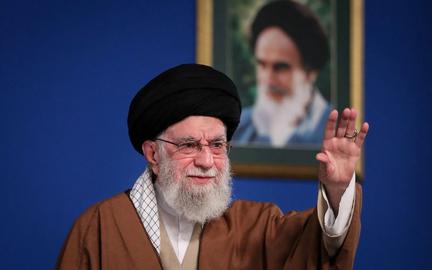
Massive Blast at Shahid Rajaee Port in Iran Sparks Concerns Over Safety and Security
On the morning of April 26, 2024, a significant explosion struck Shahid Rajaee Port, an essential shipping and cargo center near Bandar Abbas in southern Iran. This devastating incident has resulted in at least 70 fatalities and over 1,000 injuries, as reported by Iranian authorities, making it one of the most lethal peacetime industrial accidents in the nation’s recent past. The blast was reportedly felt as far as 50 kilometers (31 miles) away, igniting a large fire that rapidly spread through the port’s container storage areas.
The inferno continued to engulf sections of the port’s infrastructure for several days, hampering logistics operations, endangering nearby structures, and presenting a daunting recovery challenge for emergency and cleanup teams. Images and videos circulated by local and international media depicted containers ablaze and thick columns of black smoke billowing over Iran’s southern coastline.
Negligence and Regulatory Failures Highlighted
Iranian Interior Minister Eskandar Momeni indicated that the explosion was due to “shortcomings, including failure to adhere to safety measures and negligence.” Investigations have revealed significant failings in port safety regulations, with claims that the cargo responsible for the explosion had not been properly registered or declared.
The Customs Administration acknowledged that the cargo that exploded had not undergone the usual documentation and regulatory checks, raising concerns about broader enforcement deficiencies in Iran’s busy yet vulnerable port system. This oversight may have permitted the improper handling or storage of hazardous materials, leading to tragic outcomes.
Iran’s Actions and Arrests
Following the tragedy, Iranian officials have initiated an inquiry into the events leading up to the explosion. Two individuals, including a reported government official involved in port management, have been detained in connection with the incident. Authorities have not disclosed the specific charges but mentioned that both are suspected of contributing to the negligence that resulted in the disaster.
Controversy Regarding Cargo Contents and Military Connections
Initial speculations suggested that the explosion could have involved unstable chemical substances, particularly sodium perchlorate—a highly reactive material frequently used in rocket fuel production. Some international reports asserted that the cargo might have been earmarked for missile development, raising alarms over potential military implications of the explosion.
However, the Iranian Ministry of Defense firmly rejected these claims. Spokesman Brigadier General Reza Talai-Nik categorically indicated that “there were and are no imports or exports of fuel shipments or cargo for military purposes in the area of the incident.” He also accused foreign media outlets of disseminating “fake news” and attempting to politicize an otherwise tragic industrial mishap.
Strategic Significance of Shahid Rajaee Port
Shahid Rajaee Port, situated in Hormozgan Province on the northern side of the Strait of Hormuz, manages nearly half of Iran’s total maritime trade. Therefore, the explosion represents not only a human tragedy but also has significant economic and geopolitical consequences. With operations disrupted, Iran’s maritime import-export activities are likely to face considerable delays, impacting food supplies, building materials, and essential goods already affected by international sanctions.
Ongoing Cleanup and Recovery Efforts
As of the latest updates, firefighting and cleanup operations remain in progress. Teams are focused on controlling remaining fires, clearing hazardous elements, and evaluating the structural stability of port facilities. Port officials have yet to provide a timeline for resuming full operations, and it is uncertain what additional safety reforms will be enacted to avert future incidents.
Conclusion
The explosion at Shahid Rajaee Port highlights the vital importance of effective cargo handling, regulatory adherence, and transparent safety protocols—particularly at sites crucial to a nation’s infrastructure and economy. While the official cause is still being investigated, the tragedy has already ignited calls for increased oversight and enhanced safety regulations throughout Iran’s ports and industrial sectors. As the nation mourns its losses and embarks on the challenging journey of recovery, the global community is closely observing how the Iranian government confronts the broader systemic issues exposed by the disaster.